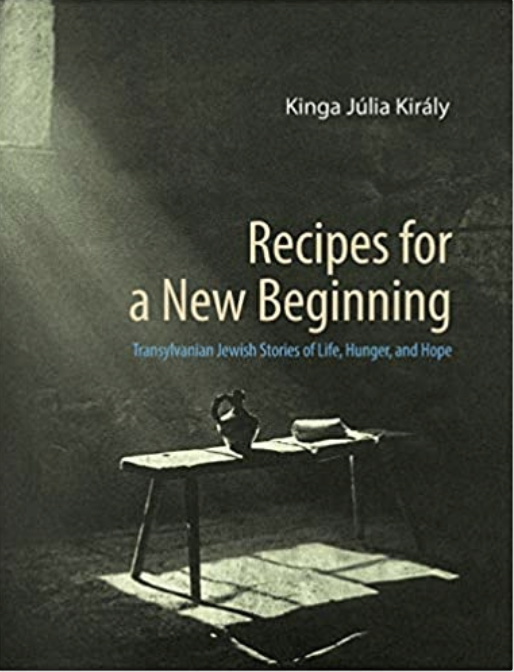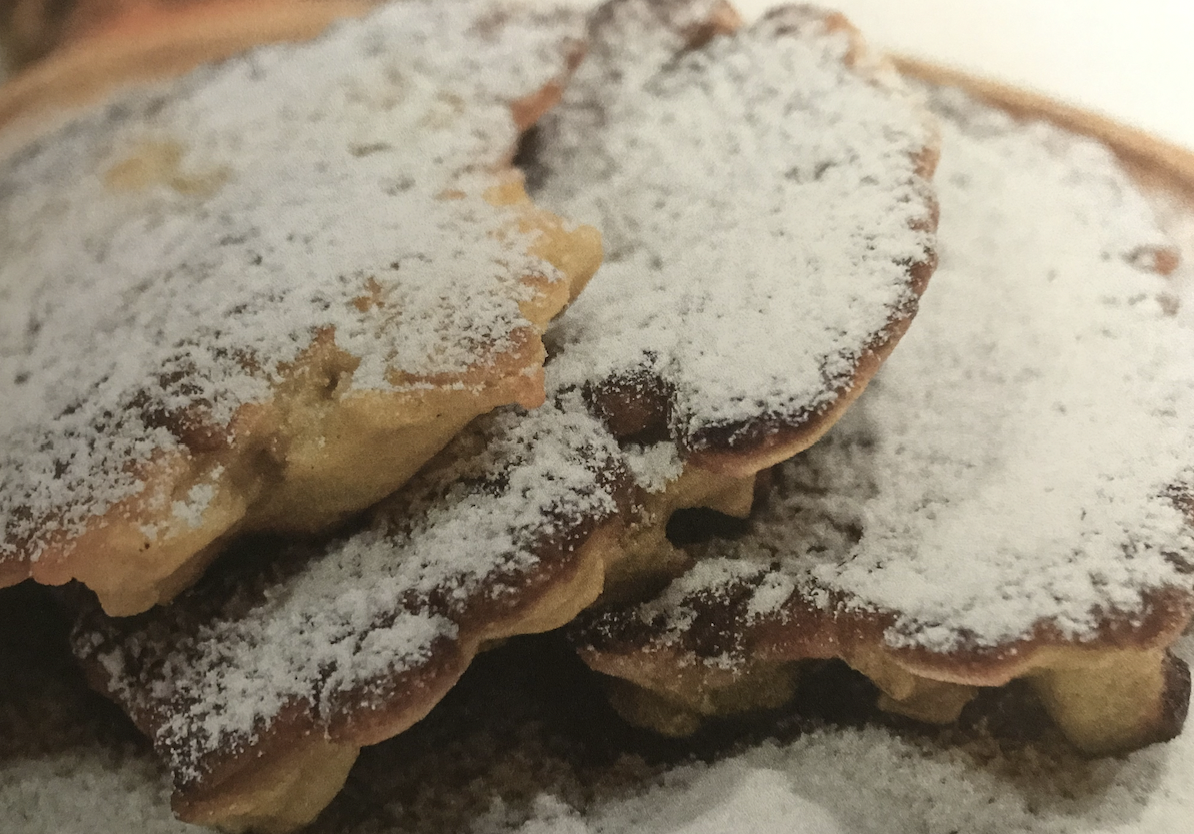Recipes for a New Beginning: Memory of Jewish Life in Transylvania That Is No More
By David Dobkin and Sue Weston
Perhaps now more than ever, the responsibility for preserving the memories of those who perished during the Holocaust rests on the shoulders of Klal Yisrael, especially as the number of living survivors dwindles and others see the Jewish community as privileged without our own history of tragedy and persecution.
Among the recent influx of documentaries, interviews, and transcribed memories, all of which shed light on the experience of those who went through the Holocaust, is Recipes for a New Beginning by Kinga Julia Kiraly. Translated by Rachel Hideg and published by CeeolPress, this is a scholarly work, a cultural dictionary, and a memorial to the Jews of Transylvania, a historical region generally considered to be located in central Romania, bound on the east and south by the Carpathian mountain range.
Kiraly spent three years tracking down survivors, recording their history, and cooking with many of them. She understands that food provides the key for unlocking and connecting with the past, beginning with gastronomic nostalgia, and evolving into testimonials that would otherwise be lost.
Connecting through Memories of Food
Kiraly uses food, and recipes to elicit distant memories and connect with her Northern Transylvanian Jewish roots. Food triggers memories and opened the dialogue for Kiraly to conduct more than 300 hours of interviews with ten Holocaust survivors. These ‘the last witnesses of a generation that is about to die out and leave us with the question of what to remember, and how.’
The Devastated Jewish Community
Until WWI Transylvania the land “beyond the mountains” belonged to Hungary and contained a large vibrant Jewish community. In the 1920 Treaty of Trianon, this region was ceded to Romania, but in 1940 the Northern part of Transylvania returned to Hungarian rule where they faced anti-Jewish regulations and extreme anti-Semitism, including murderous rampages, ghettoization, deportation, and death. Practically the entire Jewish population was deported to Auschwitz and gassed. By 1970 the Jewish community life ceased to exist, and yet, there were a few survivors who had been young during the Holocaust but had memories to share, and Kiraly extracted their stories. Her aim was to explore the pre-war customs of the Jewish community, their experiences in the concentration camps, deprivation, and breaking of kosher rules to survive. The conversation which began on the pretext of a recipe captured the remaining memories of a society on the brink of extinction.
A Bridge to the Past
Recipes for a New Beginning contains a few recipes, many of which involved goose fat, pieced together from the past, but more importantly, it provided a bridge to the past. Kiraly’s aim ‘was to explore the pre-war customs of the Jewish community, their experience of starvation in the concentration camps, and the deprivation’ she wanted to document the human experience. It is unfathomable that Jews could be treated so inhumanly. She collected stories from survivors, now elderly (90-year-olds) which showed their incredible strength and resilience. Some recalled how their fathers had been deported after being decorated during WWI, and how their neighbors assumed, to be friends ransacked their homes and watched silently as they were sent to Auschwitz.
Ordering Their Stories
The book is ordered chronologically allowing the ten interviewees to recount their lives. They began with their childhood, explaining how they were forced into adulthood in the ghetto. Next, they discuss Auschwitz and the everyday desolation of life in the camps. Finally, liberation, followed by a new beginning under the dictatorship. It ends with saying kaddish, at the death of one of the beloved interviewees.
Recipes for a New Beginning is a scholarly exploration, recounting and aggregating multiple stories. The structure is a bit awkward. Since each of the interviewee’s experiences was different, they do not align neatly into a single retelling, sequenced story. Instead, Kiraly offers a patchwork, which taken together provides a historical perspective, uncovering details that have laid dormant, forgotten, or unspoken. The book is interspersed with photographs, quotes, poems, and recipes, adding color to these Jewish stories of life, hunger, and hope.
From a reader’s perspective, it was difficult to follow, as it is not a cohesive narrative. The flow is interrupted with the introduction of names, places, and situations, in sum they are a composite of the Transylvania Jewish experience. The readability is complicated with awkward phraseology due to translation from Hungarian.
Stories and Recipes to Keep their Memories Alive
Recipes for a New Beginning tells difficult stories, survivors’ regrets, their guilt for not doing more, loss, and devastation. We are grateful for the bravery of those who were able to help piece together the Jewish experience, shedding light on the history of the Transylvania Jews. which would otherwise have been abandoned and forgotten. The Jews of Transylvania are gone, but these stories keep their memories alive.
Recipe from the Maramarossziger Shtetl – Fruit Latke
Ingredients
- 4 hard pears (or apples)
- 4 eggs
- 4 spoons of sugar
- 1.5 cups of flour
- 1 cup of oil
Finely chop the pears (or apples) and strain off the juice. Blend the eggs and sugar, add a little salt. Then stir in the flour and fruit. Fry in plenty of oil. Serve with icing sugar. For Passover substitute matzo meal. Enjoy!







